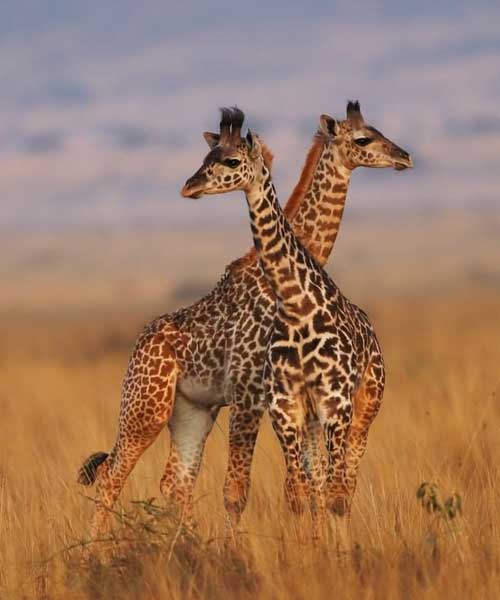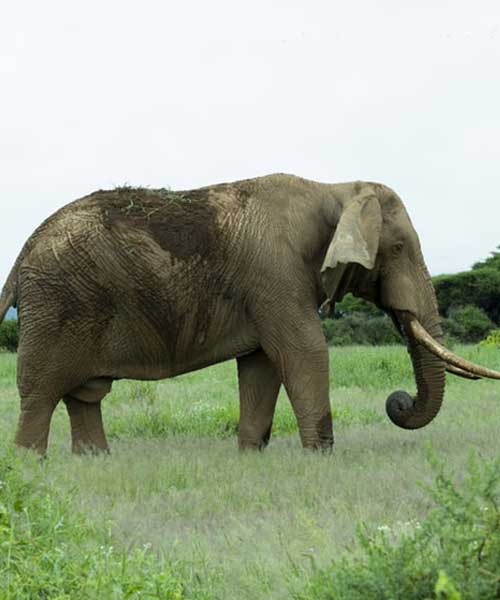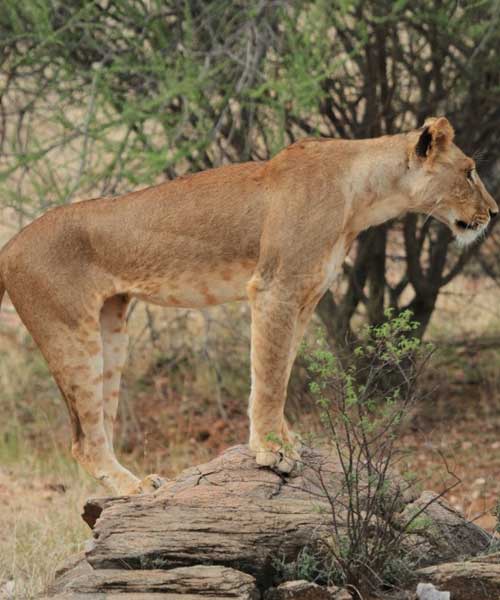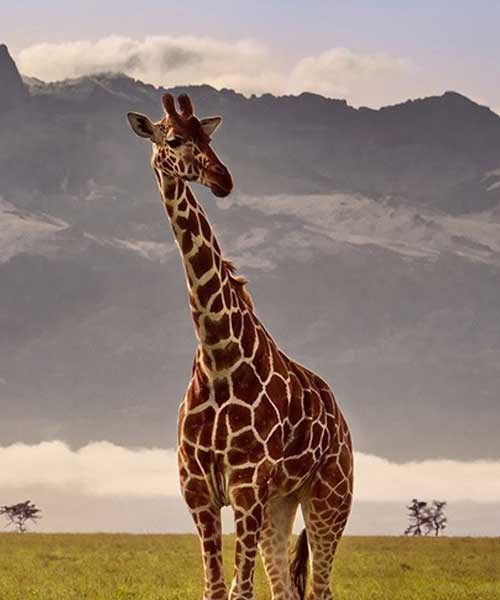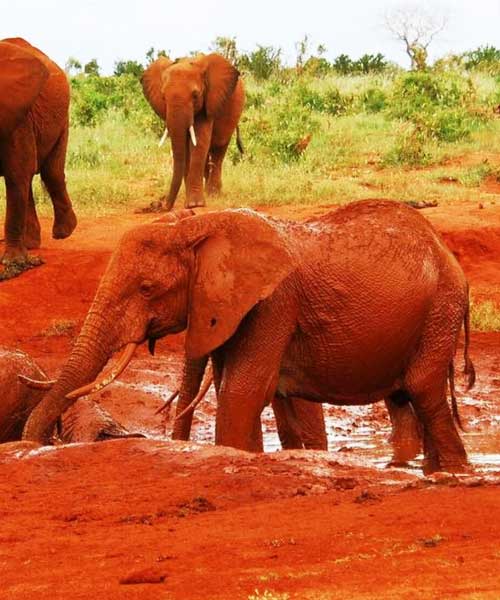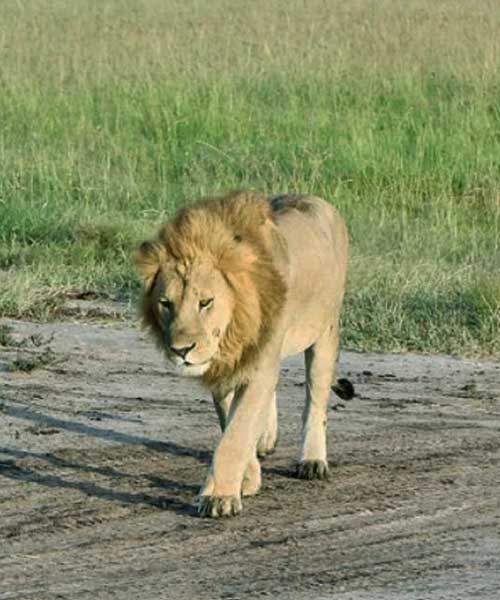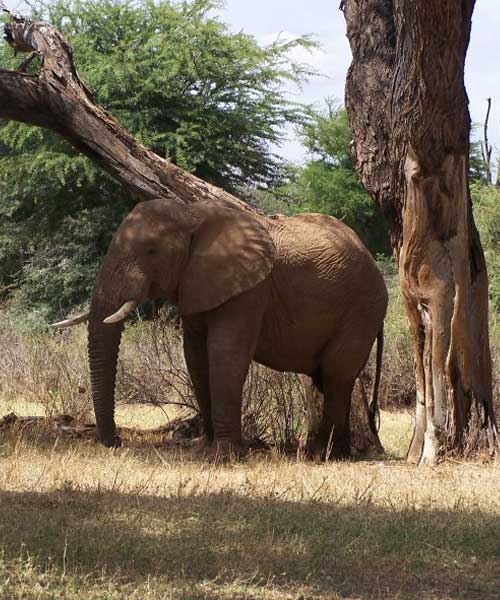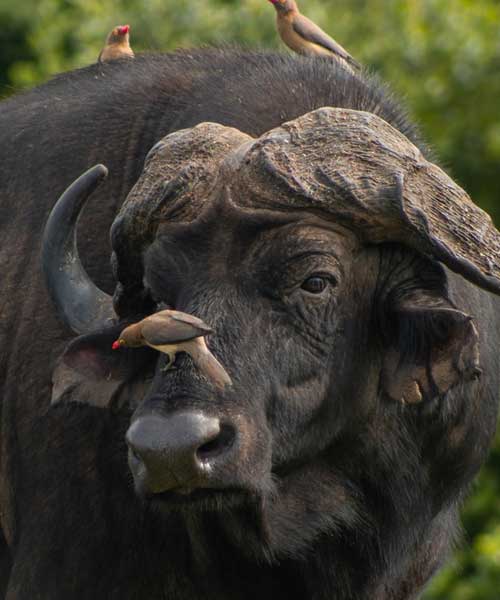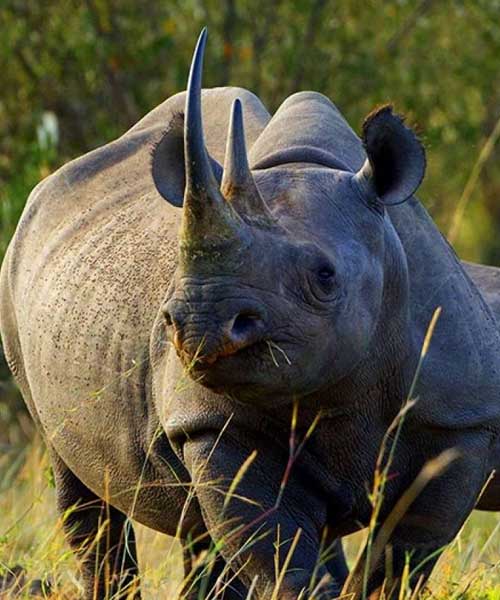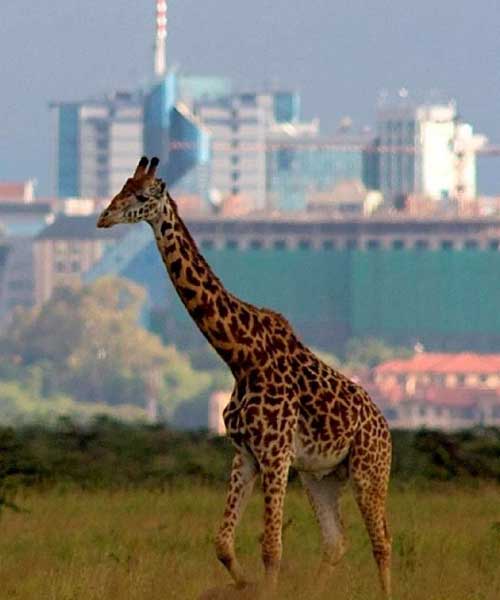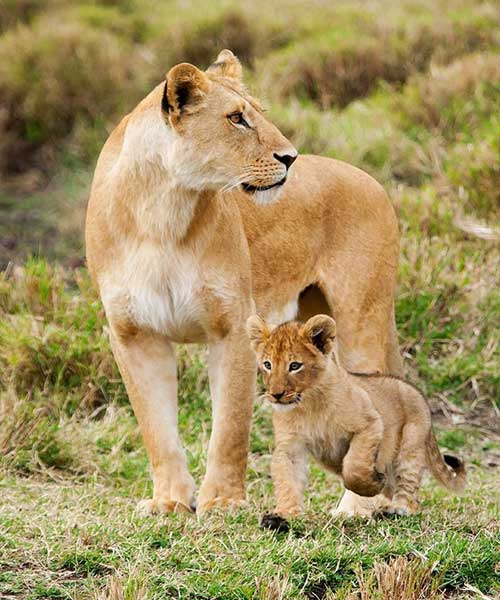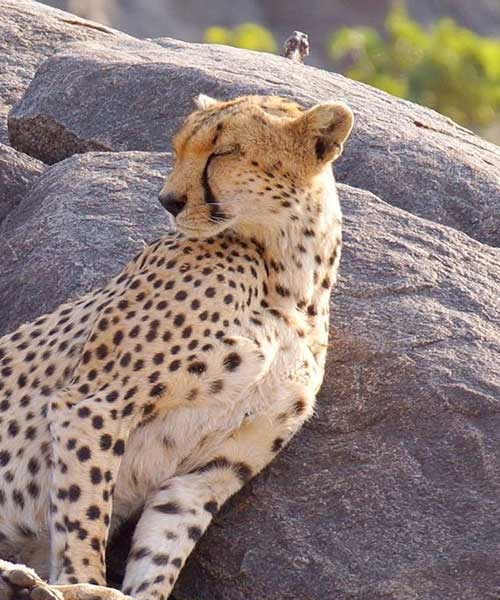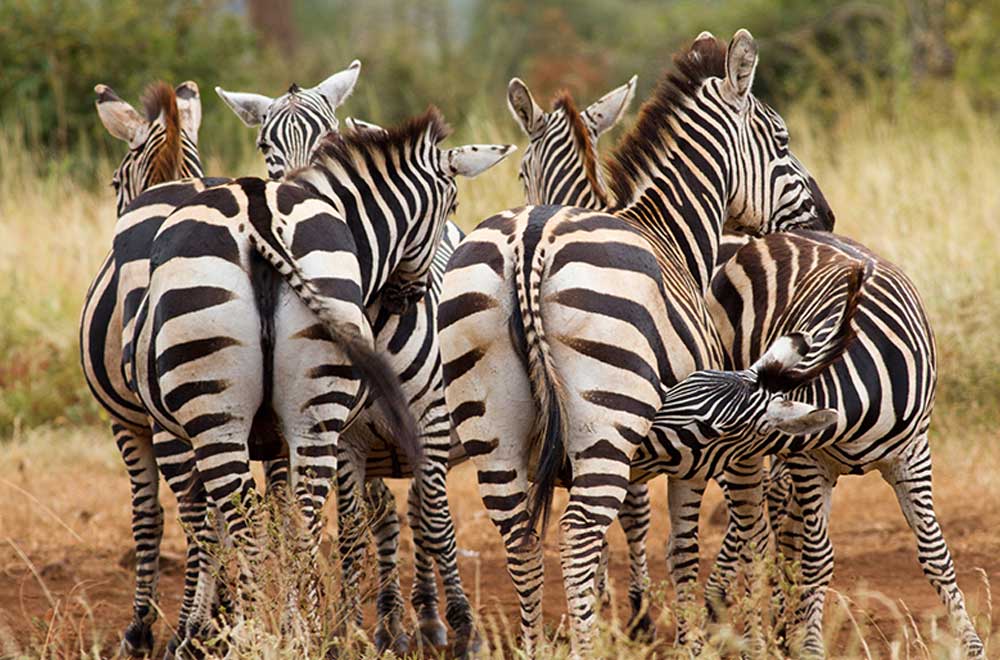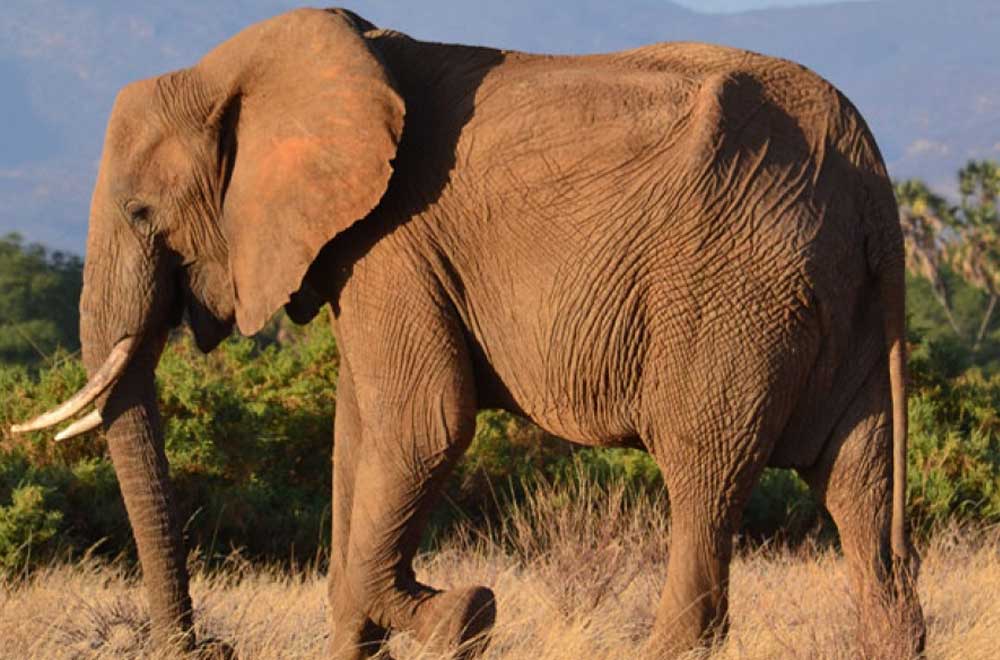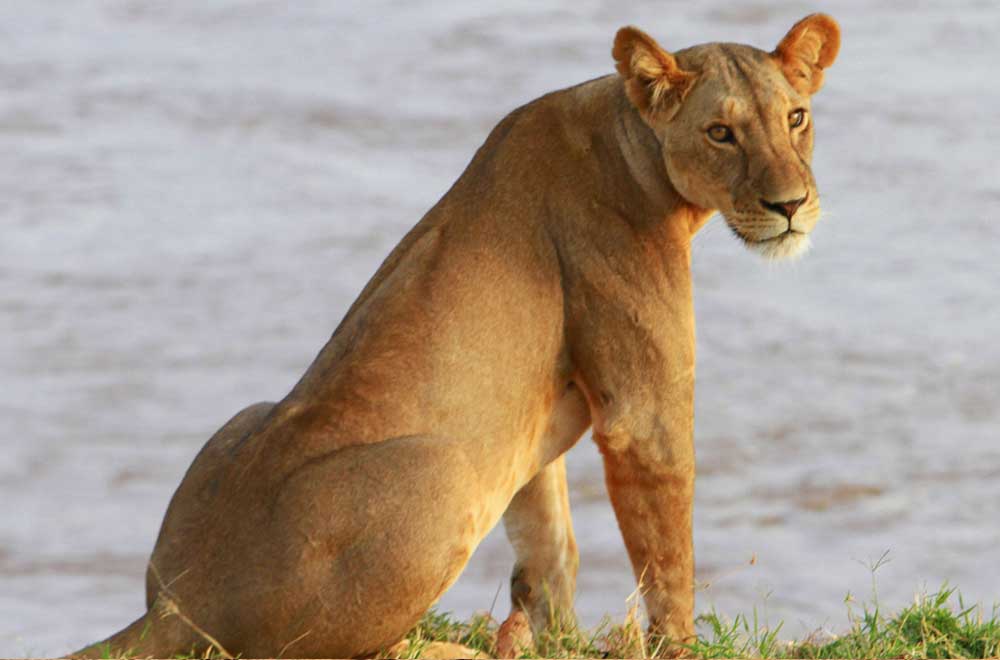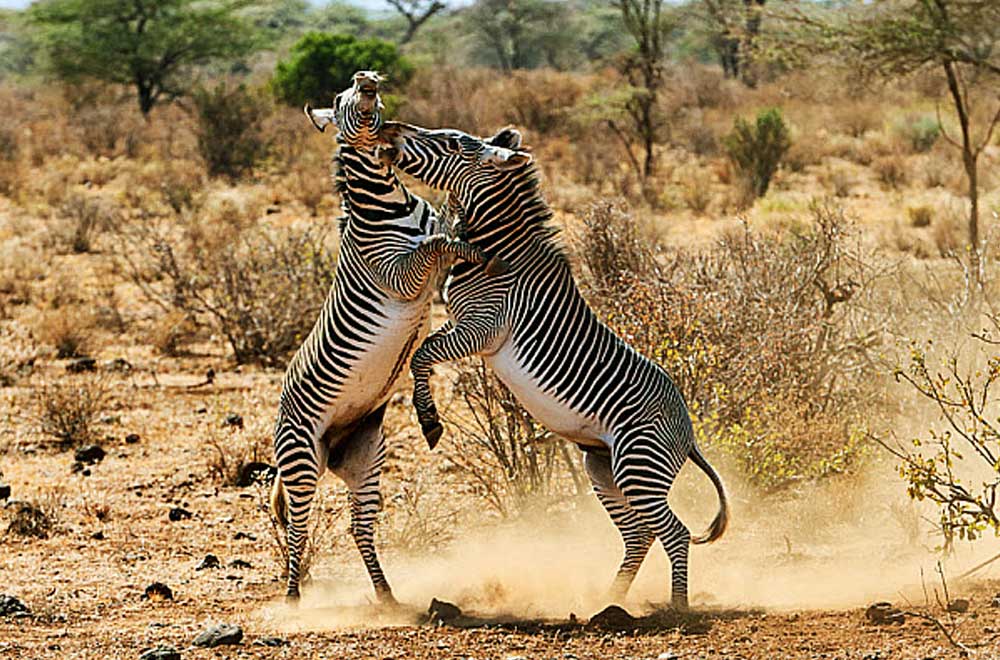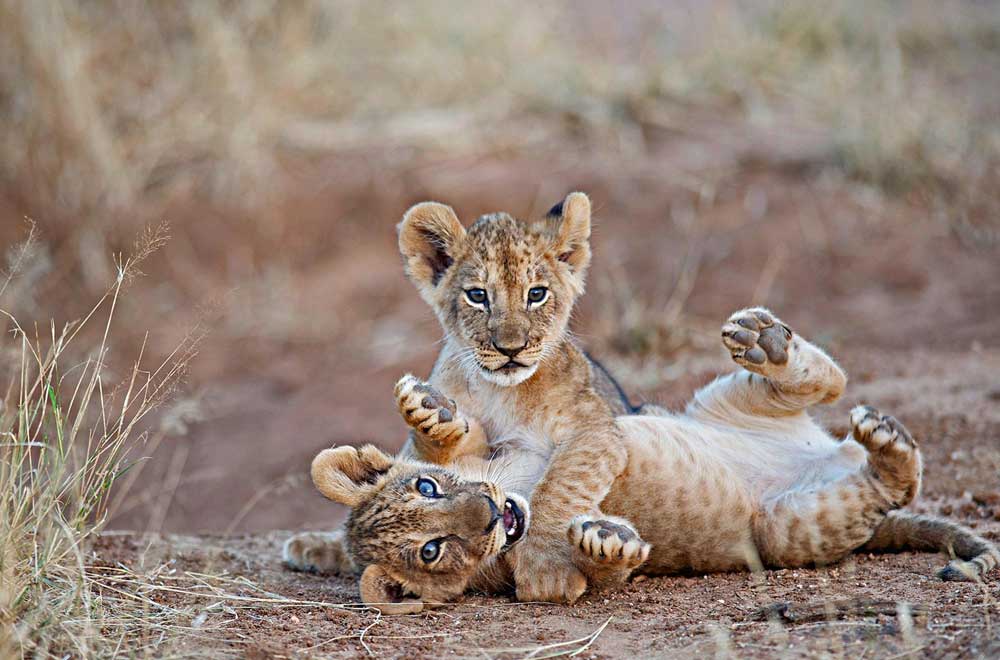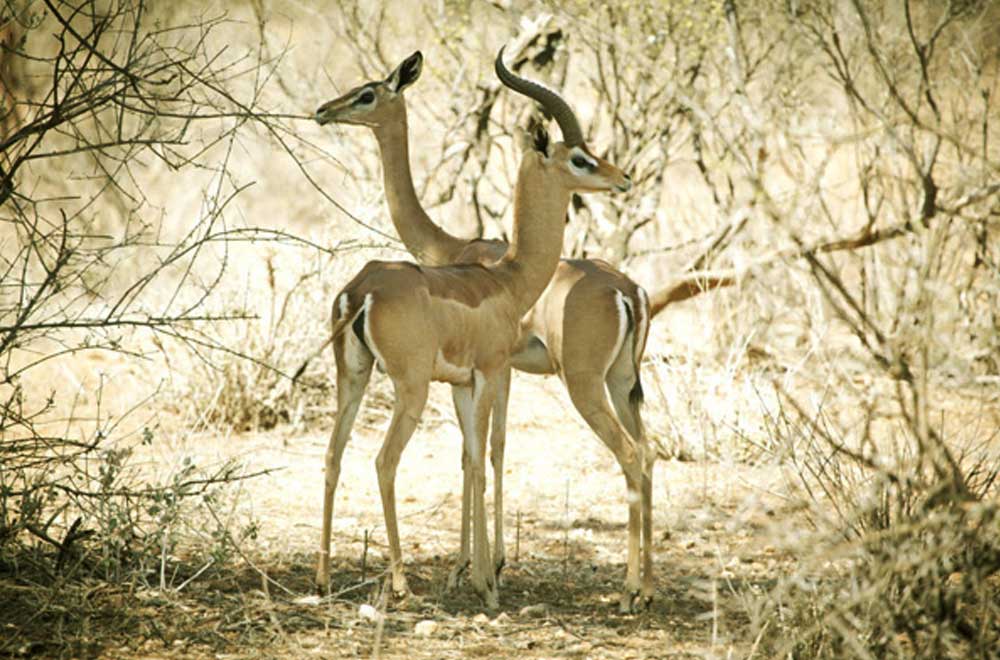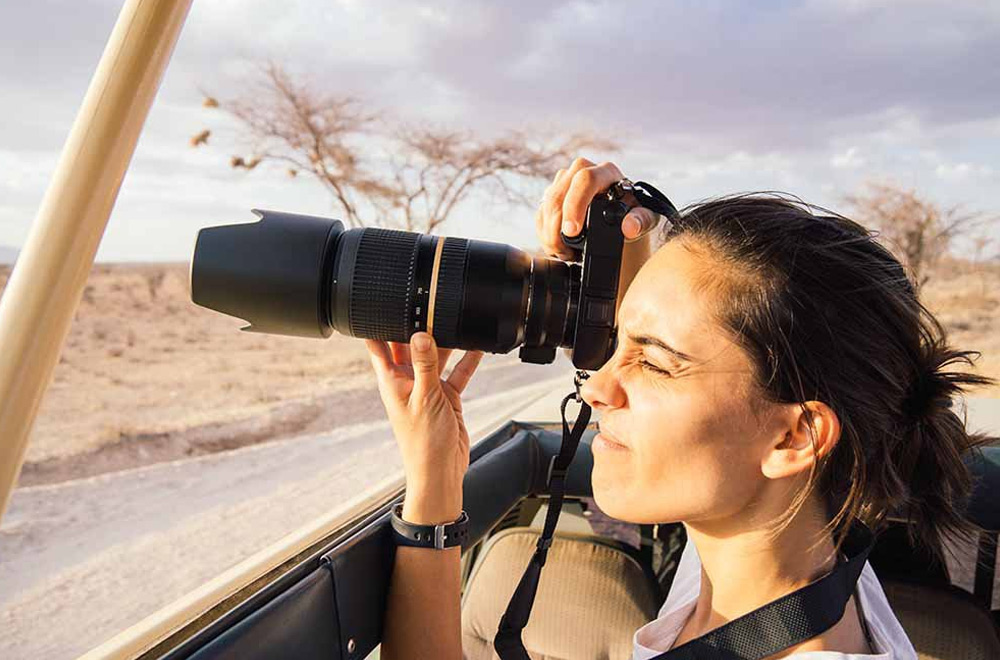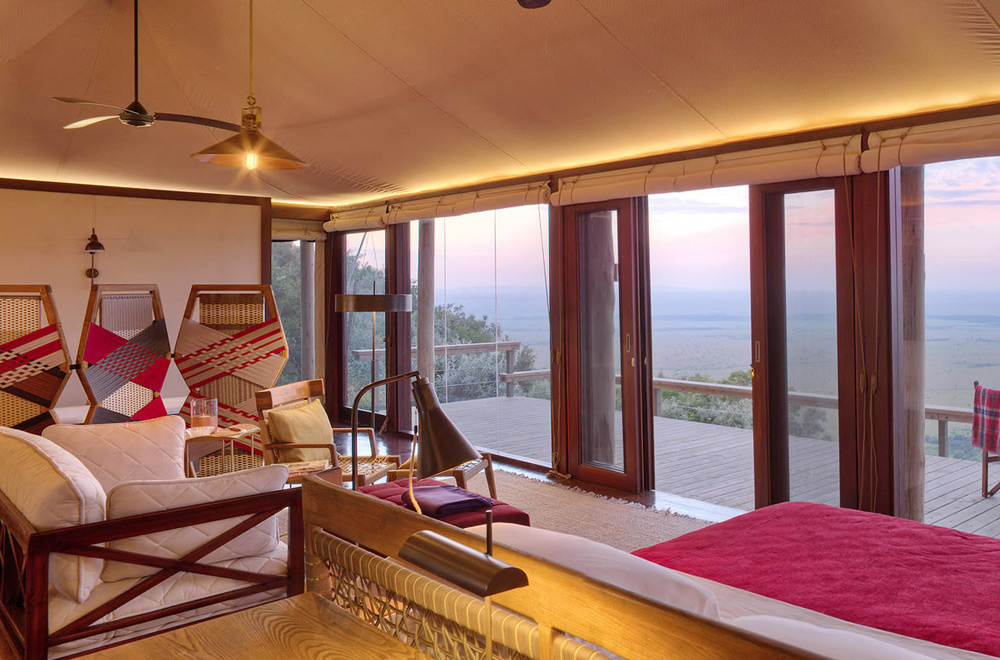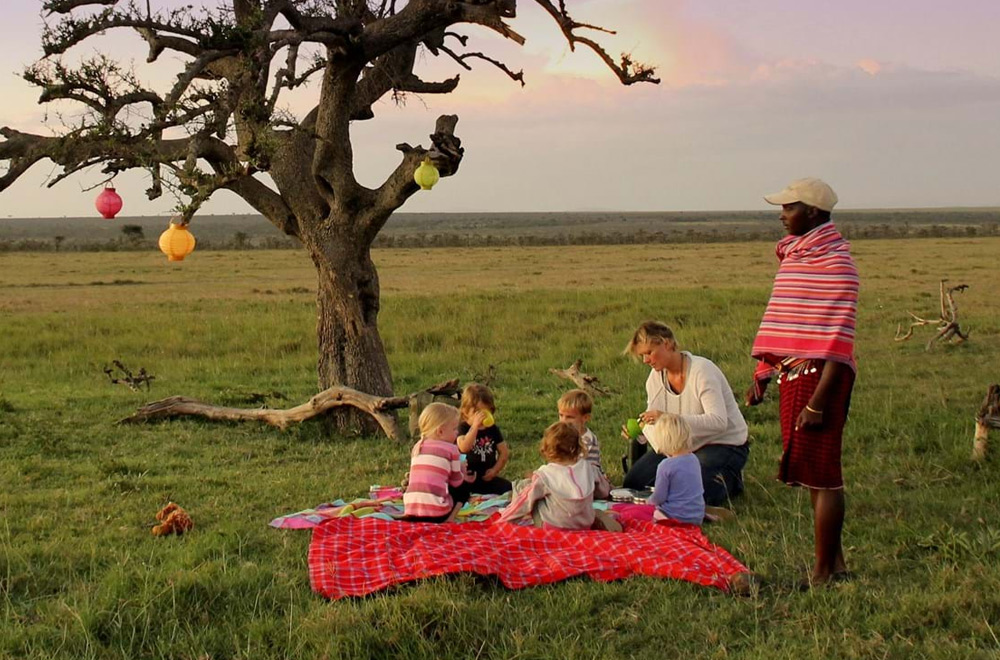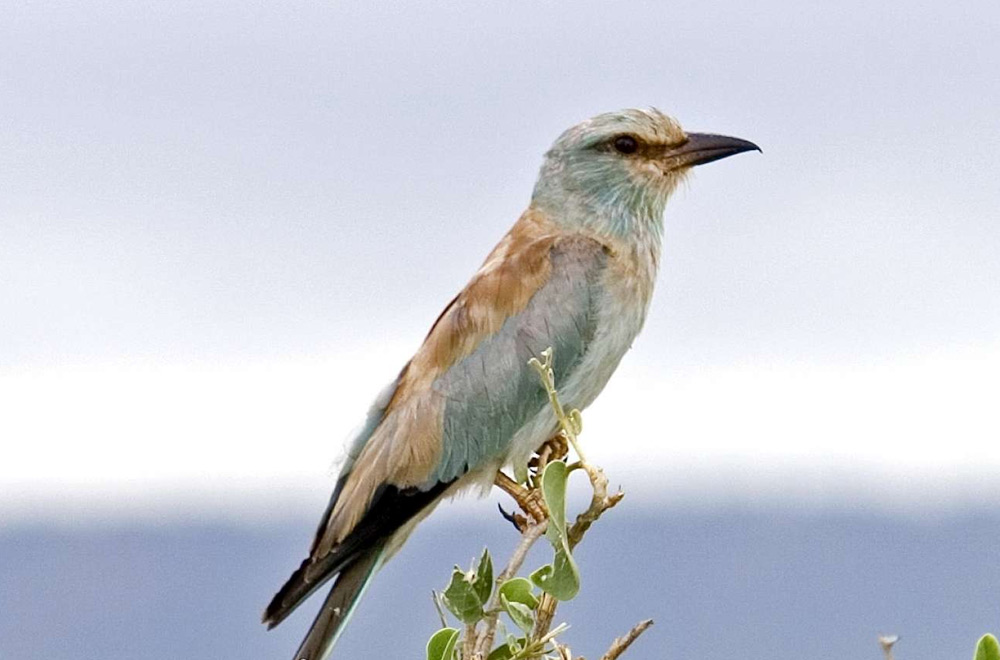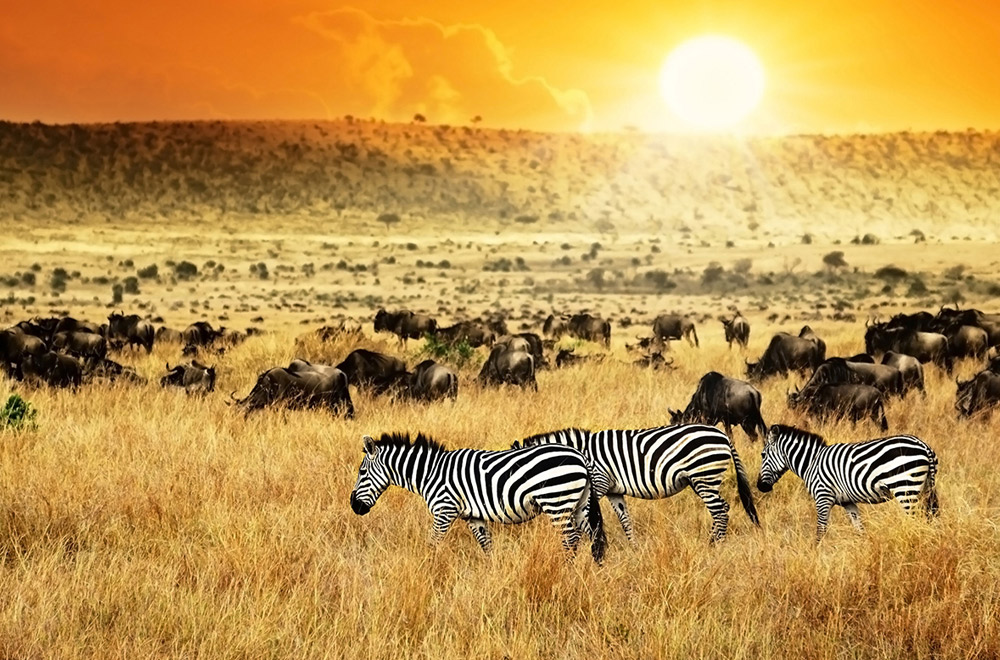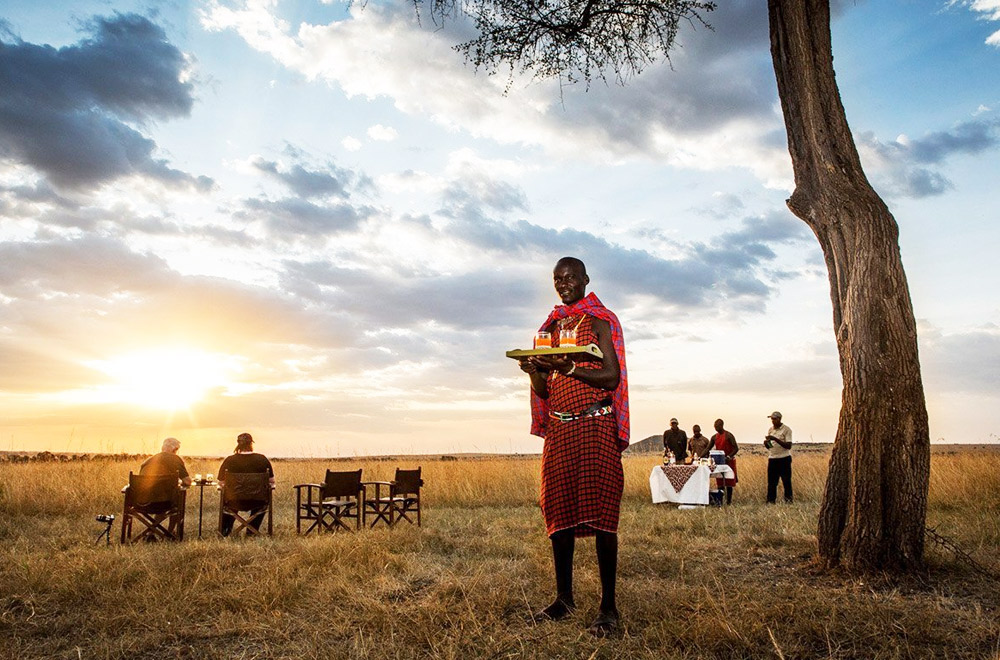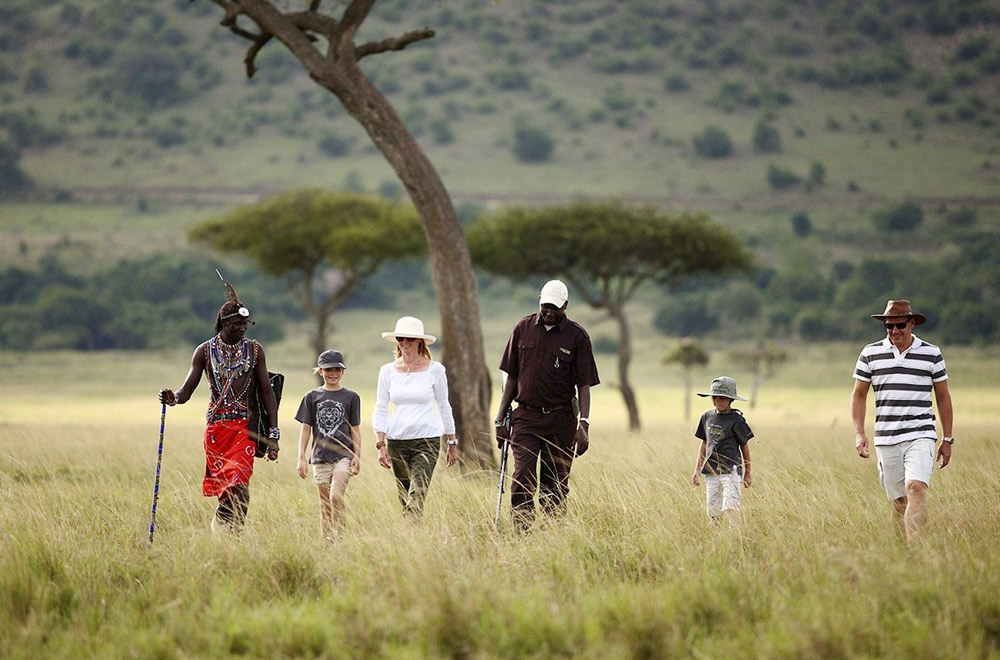Samburu National Reserve Overview
Samburu National Reserve is one of the lesser-known national parks, but is nevertheless abounding with life. Situated alongside the EwasoNyiro River in the north of Kenya, a life-source for wildlife from the surrounding savannah plains, the reserve is rich in wildlife with an abundance of rare northern species. Samburu Reserve is a community-based wilderness that is preserved and operated by the resident Samburu communities under a centralized local council. By finding successful strategies for balancing the needs of their people with wildlife protection, the Samburu have created a wilderness that is home to some of the most threatened species in Kenya, Africa and the world.
Focusing on the river banks and a few kilometres of dry bush on either side, the 104km² Samburu National Reserve is one of a pair of much-loved reserves in northern Kenya, the other half being the 131km² Buffalo Springs National Reserve, on the south side of the river.
The reserve is home to specialist species such as the Grevy’s zebra, Somali ostrich, reticulated giraffe, gerenuk and the beisa oryx (also referred to as Samburu Special Five). You will also encounter elephants and large predators such as the lion, leopard and cheetah. Kamunyak the miracle lioness who adopted six baby oryx was as a resident in the reserve. Wild dog sightings are also a common attraction to this unique protected area. Birdlife is abundant with over 450 species recorded.
The Samburu National Reserve is an excellent option if you are looking for more of an off-the-beaten-path destination that still has plenty of creature comforts. It might be out of the way yet visitors have much to see and do including guided walks, camel treks, spotting rare and endangered species and highly worthwhile visits to the local Samburu communities who are responsible for hte .
Find Map
About National Park
Area
137 km²
Visitors
66,808
Weather
Hot
Establish
1960
Review
500
Rating
4.5 / 5
Best Time To Visit
The reserve is open year-round and always accessible. December to March and July to October are the driest months and the best for visiting, but Samburu is also enjoyable in the wetter seasons.
High Season
December to March and July to October (Busy)
The reserve has an arid, dry and desert-like climate with average temperatures are around 30oC (85oF). The rainy season runs from March through May with a shorter wet season in November and December.
Talk to someone who has been there
Tell us what you are looking for in a travel experience and let us do the hard work for you. The best travel experiences are ones that are tailored to you.



